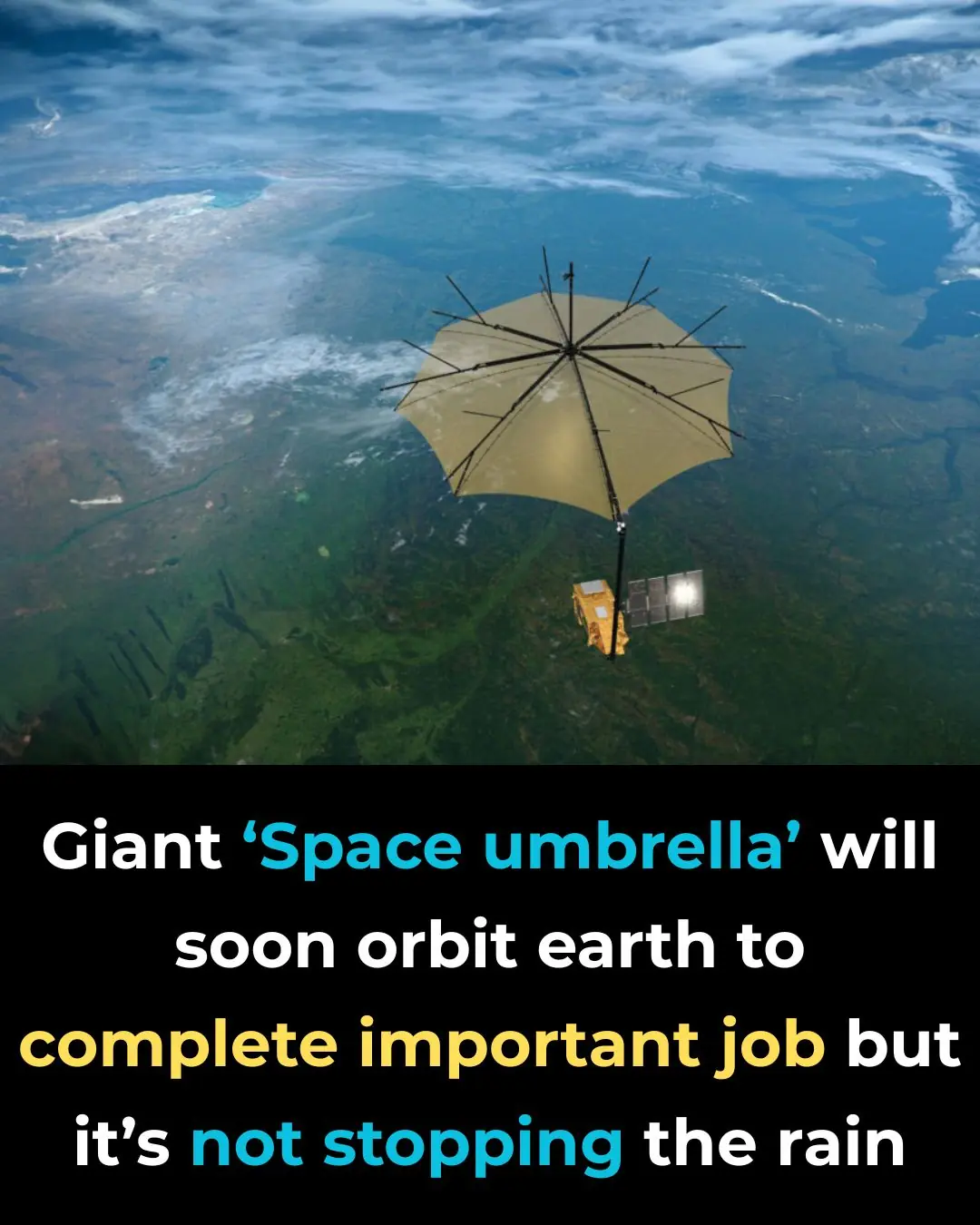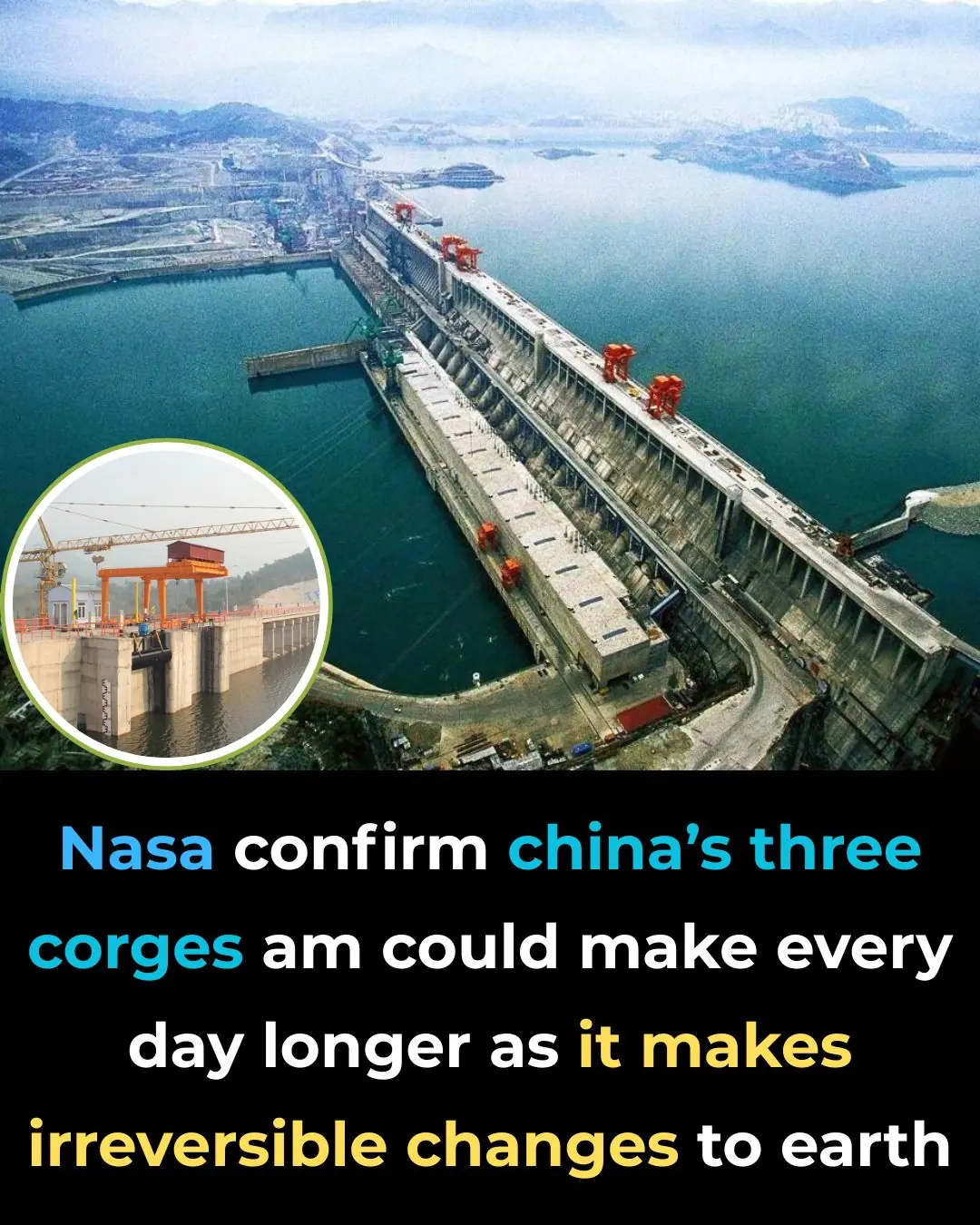As the planet warms, the impacts of climate change are no longer distant projections—they are unfolding in real time, from rising sea levels to intensifying wildfires. Yet some of the most profound changes may happen quietly, high above the equator, where a narrow band of cloud known as the Intertropical Convergence Zone (ITCZ) helps regulate global rainfall. New research suggests that even a relatively brief rise in global temperatures could permanently shift this vital weather system, with far-reaching consequences for water access and food security. Nearly two billion people, many living in already vulnerable regions, could be affected by changes in when, where, and how rain falls.
Published in Earth’s Future, the study underscores a sobering possibility: that climate disruptions once considered unlikely could become locked in during our lifetime, even if future generations succeed in reducing emissions. As climate scientists deepen their understanding of global systems like the ITCZ, the stakes are becoming clearer—not only for ecosystems, but for the billions of people whose lives depend on reliable rainfall. This article explores what the science is telling us, what’s at risk, and why the time to act is rapidly running out.

The Intertropical Convergence Zone—A Crucial Climate Engine Under Threat
The Intertropical Convergence Zone (ITCZ) is a dense band of clouds and thunderstorms that forms where the northern and southern trade winds meet near the equator. This atmospheric belt plays a critical role in shaping rainfall patterns across tropical regions, including Central and West Africa, Southeast Asia, and the Amazon Basin. It functions as a global climate engine, concentrating moisture into predictable wet seasons that sustain ecosystems, agriculture, and millions of livelihoods. But as global temperatures rise, this system may no longer hold its balance. A new study published in Earth’s Future suggests that even a temporary rise in global temperatures to 1.5°C above pre-industrial levels—a scenario widely considered to be within reach—could cause the ITCZ to shift permanently southward. Such a movement would redistribute rainfall on a global scale, disrupting long-standing weather patterns in some of the world’s most vulnerable regions.
The study, led by climate researcher Norman Steinert at the Center for International Climate Research in Norway, modeled both idealized and realistic scenarios using eight advanced Earth System Models. In more plausible projections—where emissions continue rising until 2040 before falling due to mitigation efforts—the ITCZ shift appeared both significant and, in some cases, irreversible on human time scales. This means that even if we manage to reduce global temperatures later in the century, the damage to global precipitation patterns may already be locked in. One of the critical drivers of this potential shift is the weakening of the Atlantic Meridional Overturning Circulation (AMOC), a massive system of ocean currents that helps balance heat and climate across hemispheres. As the AMOC loses strength, likely due to glacial melt and warming oceans, it undermines the stability of the ITCZ, making a southward drift more probable despite models describing it as “unlikely.” The researchers caution that this is a low-probability but plausible outcome—and that it could take decades to unfold, making the risk easy to overlook yet difficult to reverse.
If the ITCZ does shift, the consequences could be immense. Rainfall would decline in parts of Africa and Southeast Asia, exacerbating drought conditions in already water-stressed regions. In contrast, areas like northeastern Brazil could experience excessive rainfall and potential flooding. These changes would not just affect weather—they would disrupt agriculture, economic systems, and access to drinking water for up to two billion people, representing nearly a quarter of the global population. “These impacts that we quantify here will be there for the long term,” Steinert emphasized. While water availability involves many variables—such as groundwater, soil moisture, and river flows, as noted by climate scientist Richard Allan from the University of Reading—the potential for large-scale, long-lasting disruptions to rainfall patterns underscores the urgent need for climate action. As Steinert puts it bluntly, the best way to prevent these risks is also the most straightforward: cut emissions as soon as possible.
Water Insecurity and Regional Disparities in a Changing Climate
A shifting ITCZ would not be an abstract climatic anomaly—it would have profound, concrete consequences for people’s daily lives, particularly in regions where rainfall is already precarious. Central and West Africa, parts of Southeast Asia, and areas of the Amazon are especially vulnerable to any changes in the timing, intensity, or total amount of precipitation. These regions depend heavily on predictable wet and dry seasons for growing crops, managing water resources, and sustaining biodiversity. When rainfall becomes erratic or moves out of sync with planting and harvesting seasons, the effects ripple through food systems, economies, and public health. In places where rain-fed agriculture is the primary source of food and income, such disruptions could trigger sharp increases in food insecurity, malnutrition, and poverty.

The study estimates that 23% of the world’s population could be directly impacted by these rainfall shifts, with over 12% of global land area experiencing altered precipitation patterns. This includes densely populated and economically strained regions that already face water stress due to underdeveloped infrastructure, political instability, or limited access to clean water. For instance, much of sub-Saharan Africa lacks large-scale irrigation systems and is more vulnerable to drought-induced crop failures. In Southeast Asia, monsoon patterns are tightly linked to rice production and fisheries, and even small shifts in timing can result in significant agricultural losses. Meanwhile, areas like northeastern Brazil could face the opposite challenge—coping with excessive rainfall that overwhelms local infrastructure and increases the risk of flooding, erosion, and disease outbreaks.
What makes this scenario especially concerning is not just the scale of potential disruption but the unevenness of its impact. Wealthier nations with robust infrastructure and diversified food systems may be better positioned to adapt, while low-income countries—many of them already on the frontlines of climate vulnerability—would bear the brunt of the change. These regions often lack the political and financial resources needed for large-scale adaptation projects, such as building reservoirs, improving irrigation, or implementing early warning systems for extreme weather. As such, the widening gap between those with the means to adapt and those without raises serious concerns about global equity and climate justice. The shifting ITCZ is not just a meteorological issue; it is a human crisis in the making—one that calls for urgent, coordinated global action before the window for prevention closes.

While the potential shift of the ITCZ presents a deeply concerning scenario, it is important to acknowledge the inherent complexity in projecting long-term climate impacts. Climate models—while increasingly sophisticated—are not crystal balls. They rely on assumptions, simplifications, and estimates that introduce uncertainty, especially when predicting regional-scale changes decades into the future. The recent study, for instance, used two types of scenarios: one highly idealized, where CO₂ levels rise and fall at a steady rate, and another more realistic scenario in which emissions peak around 2040 before declining. In some cases, these models showed little change in rainfall; in others, they revealed stark and permanent shifts. This range of outcomes reflects the limitations of even the most advanced Earth System Models in accounting for complex feedbacks involving oceans, land surfaces, and atmospheric chemistry.
Nonetheless, uncertainty should not be mistaken for safety. The researchers emphasize that just because a scenario is “unlikely” doesn’t mean it can be dismissed—especially when the consequences, if realized, would affect billions of people. This is where the concept of low-probability, high-impact risks becomes crucial. In climate science, these are events that may not be the most probable but are severe enough to warrant serious consideration and policy attention. The ITCZ shift falls into this category: not guaranteed, but entirely plausible, particularly in light of overlapping trends like the weakening of the Atlantic Meridional Overturning Circulation (AMOC). Because of time lags between when greenhouse gases are emitted and when oceans and ecosystems fully respond, some damage may not be apparent until it is too late to reverse.
Experts unaffiliated with the study, such as Professor Richard Allan of the University of Reading, caution that rainfall projections should be interpreted carefully, as they do not account for factors like soil moisture or river flow. However, Allan also notes that the broader storyline—disruptions to water availability due to climate change—is supported by a growing body of evidence. It would be a mistake to focus solely on precision at the expense of preparedness. After all, many of the most consequential climate impacts we’ve seen in recent years—wildfires, floods, crop failures—were not predicted with exact timing or location, yet they happened with devastating effect. When it comes to planetary systems like the ITCZ, the cost of underreacting could far exceed the cost of proactive mitigation and adaptation.

A Narrowing Window—and a Choice Still Within Reach
The potential southward shift of the Intertropical Convergence Zone is more than a scientific concern—it is a stark reminder that we are approaching climate limits with consequences that may outpace our ability to adapt. The fact that a relatively small temperature rise, even if temporary, could disrupt rainfall patterns for up to two billion people illustrates how tightly human systems are interwoven with natural ones. And while the timeline for such changes may span decades, the decisions that determine whether they happen are being made now. The climate does not wait for political cycles or economic convenience. Every ton of carbon emitted today adds heat to the system that could push vital mechanisms like the ITCZ beyond recoverable thresholds.
Yet the message is not one of inevitability—it is one of urgency. Scientists are clear that the most effective way to avoid these risks is to reduce emissions rapidly and decisively. That means moving beyond symbolic commitments and toward enforceable, equity-centered climate policy that supports both mitigation and adaptation, particularly in vulnerable regions. It also means investing in better forecasting, water infrastructure, and climate resilience tools that can help communities manage the uncertainties ahead. As global temperatures continue to rise, the margin for error shrinks. The cost of inaction will not be measured only in economic terms, but in lives, livelihoods, and the stability of entire regions.
We still have a narrowing but real opportunity to choose a different path—one grounded in prevention rather than repair. Climate change may be global, but its impacts are deeply local, and disproportionately affect those least responsible for its causes. Recognizing the seriousness of plausible but preventable outcomes like an ITCZ shift should galvanize—not paralyze—our collective response. The science is telling us not just what could happen, but how to avoid it. The choice is ours to make, and the time to make it is now.






















